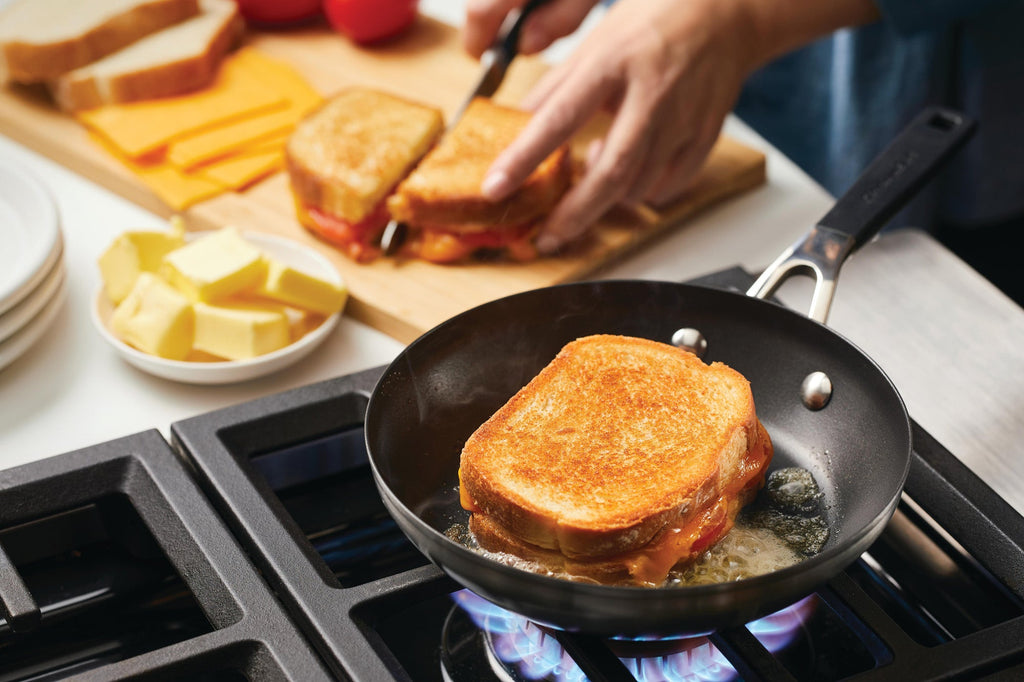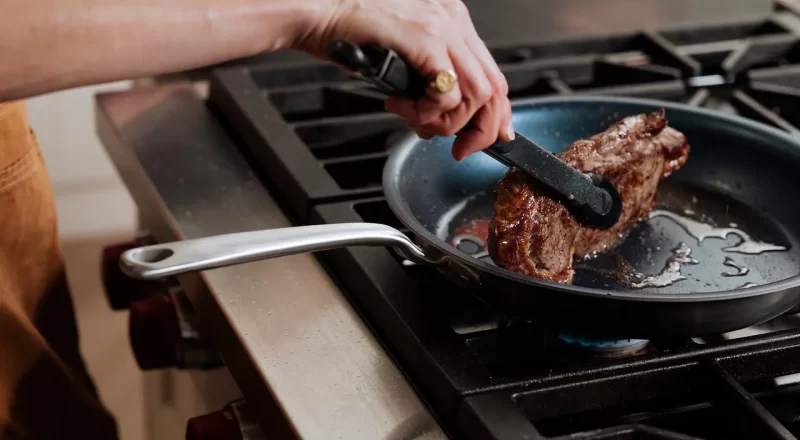Seasoning a cast iron skillet is a crucial process for maintaining its performance and longevity. Doing it over a campfire can be both effective and rewarding. In this guide, we will explore the tremendous techniques you can use to season a cast iron skillet over an open fire, ensuring that your skillet is ready for all your cooking adventures.

What is Seasoning?
Seasoning a cast iron skillet involves coating it with oil and heating it to a high temperature to create a non-stick surface. This process helps prevent rust and makes cleaning easier. When done correctly, it can significantly enhance the lifespan of your skillet.

Why Season a Cast Iron Skillet Over a Campfire?
Seasoning a cast iron skillet over a campfire offers several benefits. The high heat of the fire helps the oil penetrate the pores of the cast iron more effectively, creating a strong, durable seasoning. Additionally, it provides an opportunity to enjoy the outdoors and practice an essential campfire cooking skill.
Preparation: Gather Your Supplies
- Cast iron skillet
- High-smoke point oil (such as flaxseed oil, canola oil, or grapeseed oil)
- Heat-resistant gloves
- Paper towels or a clean cloth
- Campfire
Step-by-Step Guide to Seasoning a Cast Iron Skillet on a Campfire
1. Clean the Skillet
Before seasoning, make sure your skillet is clean. Remove any rust or previous seasoning using a mixture of water, soap, and a scrub brush. Rinse thoroughly and dry completely.
2. Apply the Oil
Pour a small amount of oil onto the skillet and use a paper towel to spread a thin, even layer across the entire surface, including the handle and exterior. Be sure to wipe away any excess oil.
3. Heat the Skillet
Place your skillet over the campfire. Allow it to heat up gradually, ensuring that the entire surface is exposed to the fire’s heat. Use heat-resistant gloves to handle the skillet safely.
4. Repeat the Process
After the skillet has heated for about 15-20 minutes, remove it from the fire and let it cool slightly. Apply another thin layer of oil and return it to the fire. Repeat this process 3-4 times to build up a strong seasoning layer.
5. Cool Down
Once the final layer of seasoning is complete, remove the skillet from the fire and allow it to cool naturally. Avoid placing it in water to cool it down, as this can cause the cast iron to crack.

Maintaining Your Seasoned Cast Iron Skillet
Storage Tips
Store your cast iron skillet in a dry place to prevent rust. Place a paper towel between stacked skillets to protect the seasoning.
Cleaning Your Skillet
After cooking, clean your skillet using hot water and a scrub brush. Avoid using soap, as it can strip away the seasoning. For stubborn food residue, use a paste made of kosher salt and water to scrub the skillet.
For more detailed instructions on maintaining your skillet, visit Cooksmarts.
Common Mistakes to Avoid
When seasoning a cast iron skillet on a campfire, there are some common mistakes to avoid:
- Using too much oil, which can create a sticky surface
- Not heating the skillet evenly, leading to uneven seasoning
- Cooling the skillet too quickly, which can cause cracks
Frequently Asked Questions
How often should I season my cast iron skillet?
Season your cast iron skillet as needed. If the surface starts to lose its non-stick quality or if rust appears, it’s time to re-season.
Can I use any type of oil for seasoning?
It’s best to use high-smoke point oils such as flaxseed, canola, or grapeseed oil. Avoid using butter or olive oil, as their smoke points are too low.
Is it safe to season a cast iron skillet on a campfire?
Yes, it’s safe as long as you handle the skillet with heat-resistant gloves and avoid placing it in water to cool down.
For additional information on cast iron skillet care, you can check out Repair Skillet, Clean Skillet, and Use Skillet.
As an Amazon Associate, I earn from qualifying purchases.

